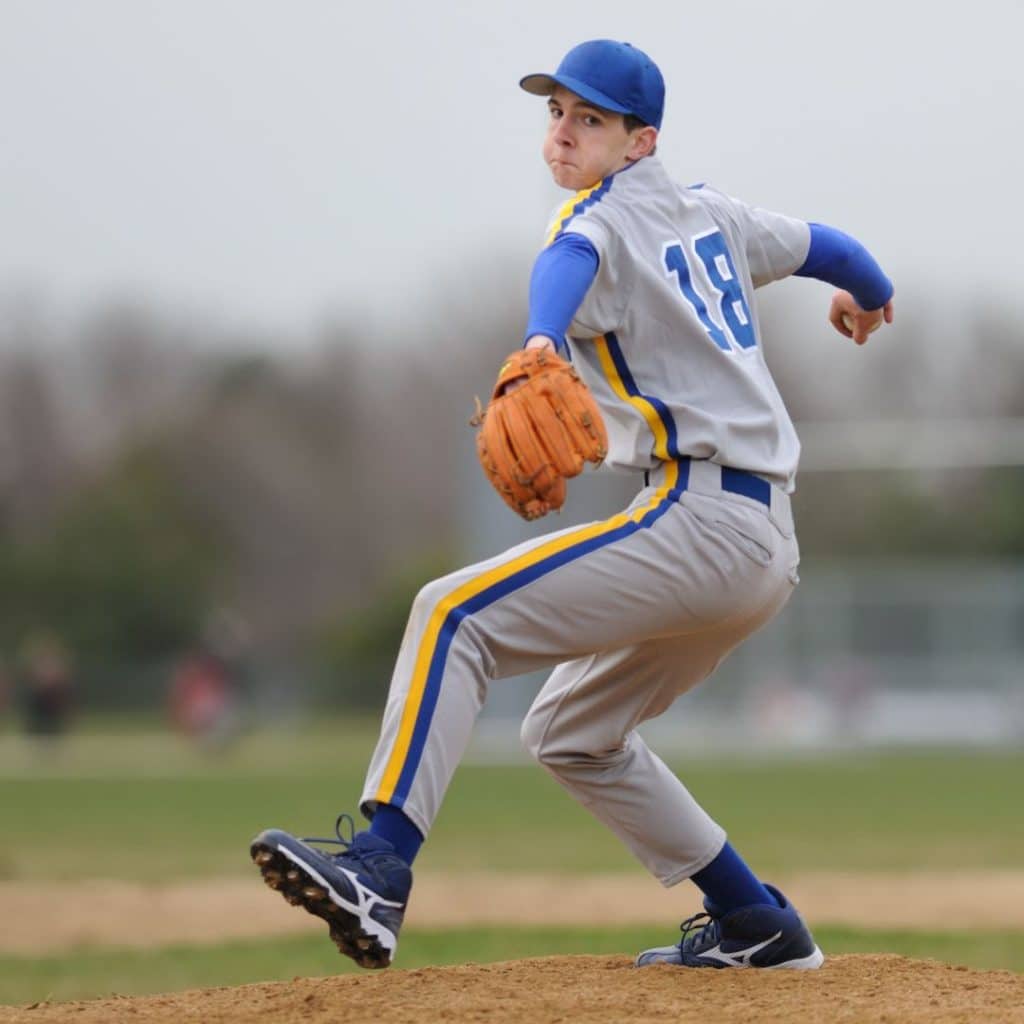As baseball season gets underway, many athletes are eager to return to the field and start throwing as hard and fast as possible. However, experts warn that doing so without proper training and conditioning can lead to serious throwing injuries—and physical therapy may be the key to preventing them.
According to the American Physical Therapy Association (APTA), throwing injuries are one of the most common types of injuries among young athletes. Baseball players, especially pitchers, are especially susceptible to throwing injuries. While sustained injuries can range from mild strains and sprains, more severe injuries, such as rotator cuff tears and ulnar collateral ligament (UCL), also known as Tommy John injuries, are not uncommon; in fact, they are on the rise. Most Tommy John injuries are caused by overuse, and it is believed that the increase is due to young athletes specializing in throwing sports earlier than ever before.
Thankfully, there are steps that athletes can take to reduce their risk of injury. “The number one thing people should do to prevent an arm injury is to have their total arc of motion or range of motion measured at their shoulder,” says Dr. Chris McKenzie, Physical Therapist and Owner of McKenzie Sports Physical Therapy. “This measurement should be done once a month as long as the individual is competitively throwing and only performed by someone who knows how to measure arc of motion precisely.”
The total arc of motion is vital for throwing sports because it may signify the maximum distance and speed at which someone can throw a ball, which is incredibly important to ball players. A larger arc of motion allows for more force and momentum, whereas a smaller arc of motion may limit the distance and speed at which a ball is thrown. However, having a larger arc also predisposes one to the risk of a season-ending injury. According to multiple studies published in the American Journal of Sports Medicine, an external rotation deficit of more than 5° had a 220% increased injury rate and were 400x more likely to need surgery(1).
Physical therapists specializing in identifying and treating baseball injuries should be essential to any baseball player’s care team. They can play a critical role in injury prevention, helping athletes identify areas of weakness or imbalance in their bodies and develop personalized exercise programs to address them. Good arm care programs address the entire body. In his book Unleash Your Pitching Velocity, Dr. McKenzie shares tips and tricks for pitchers to optimize performance, minimize injury, and stay healthy.
“We work with athletes to help them build strength and flexibility in the muscles and joints they use most when throwing,” explains Dr. McKenzie. “If we identify areas of weakness or imbalance, we promptly address them and build a program that focuses on exactly what the athlete needs to avoid putting excessive strain on their bodies.”
Season-ending injuries can be prevented with the right program that focuses on the athlete’s unique needs. By being proactive, athletes can reduce their risk of throwing injuries and enjoy a sport they love for many years. If you or someone you know is experiencing pain or discomfort while throwing, consider reaching out to a physical therapist for guidance and support. You can also learn more about preventing Tommy John injuries here.
- Wilk KE, Macrina LC, Fleisig GS, Aune KT, Porterfield RA, Harker P, Evans TJ, Andrews JR. Deficits in Glenohumeral Passive Range of Motion Increase Risk of Shoulder Injury in Professional Baseball Pitchers: A Prospective Study. Am J Sports Med. 2015 Oct;43(10):2379-85. doi: 10.1177/0363546515594380. Epub 2015 Aug 13. PMID: 26272516.


